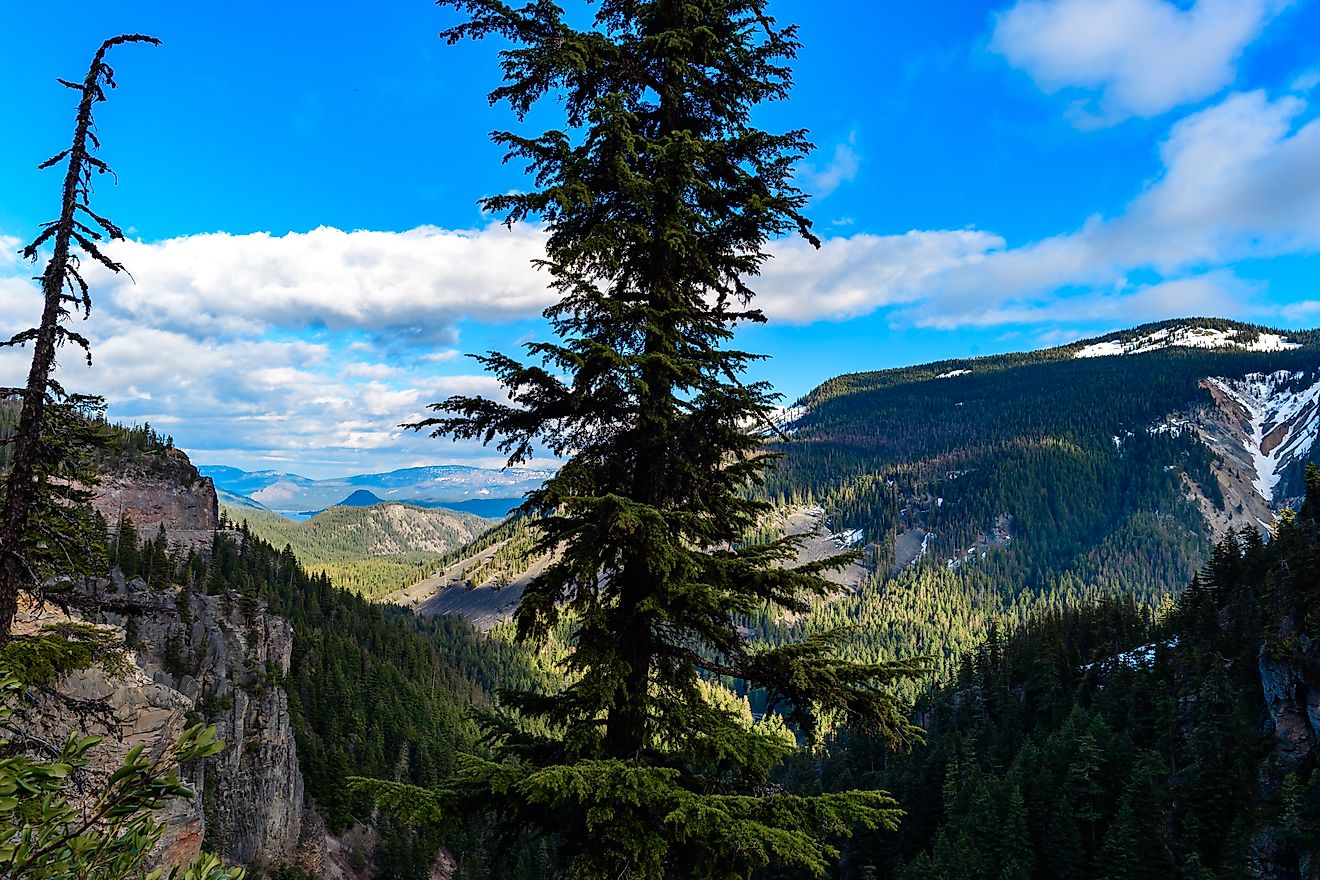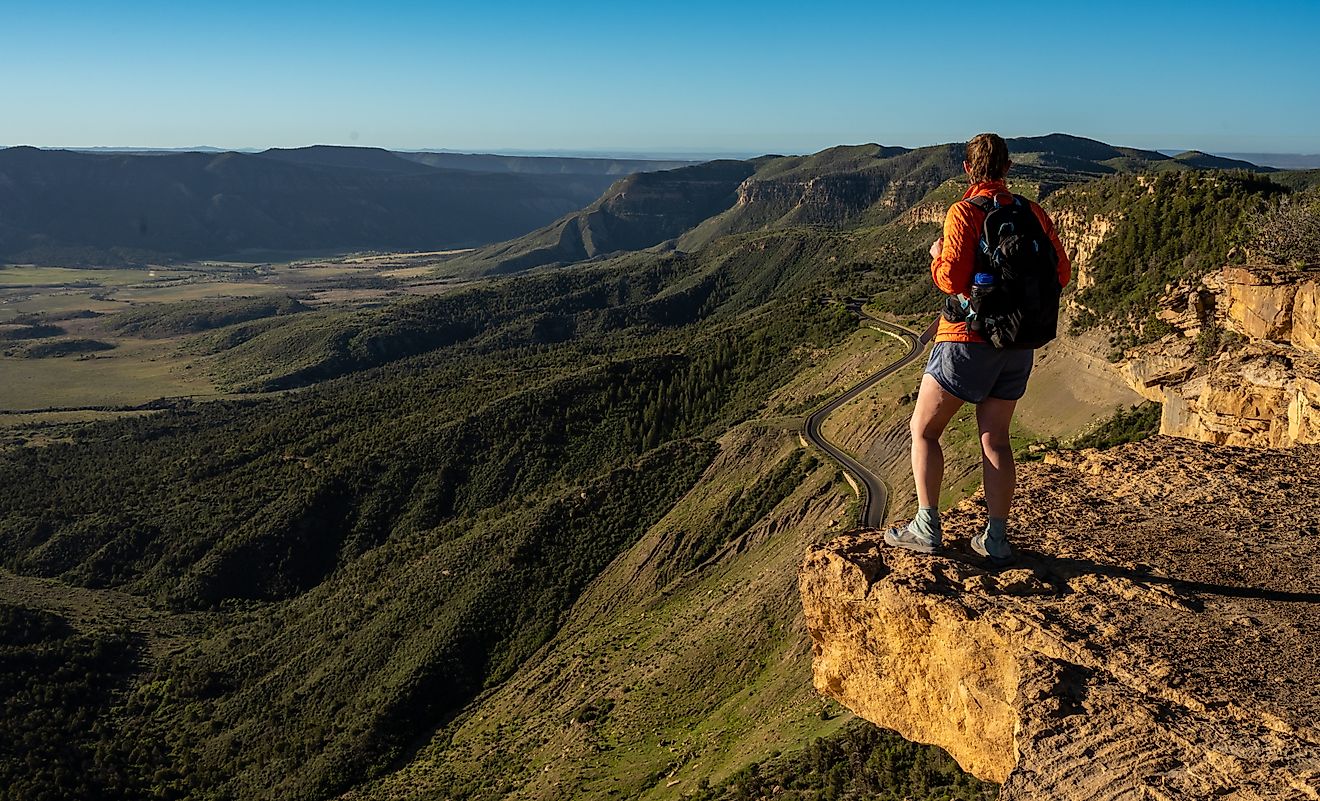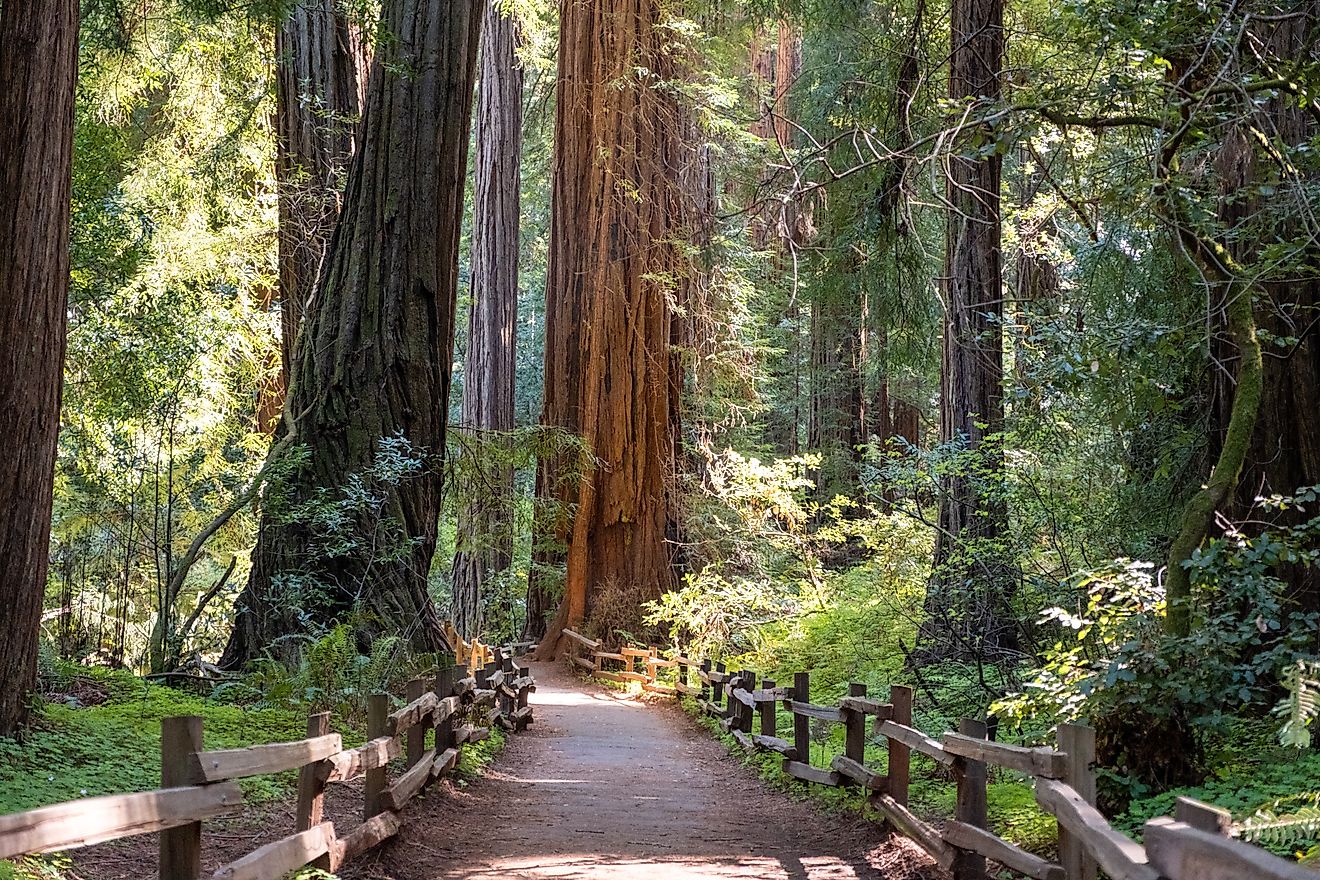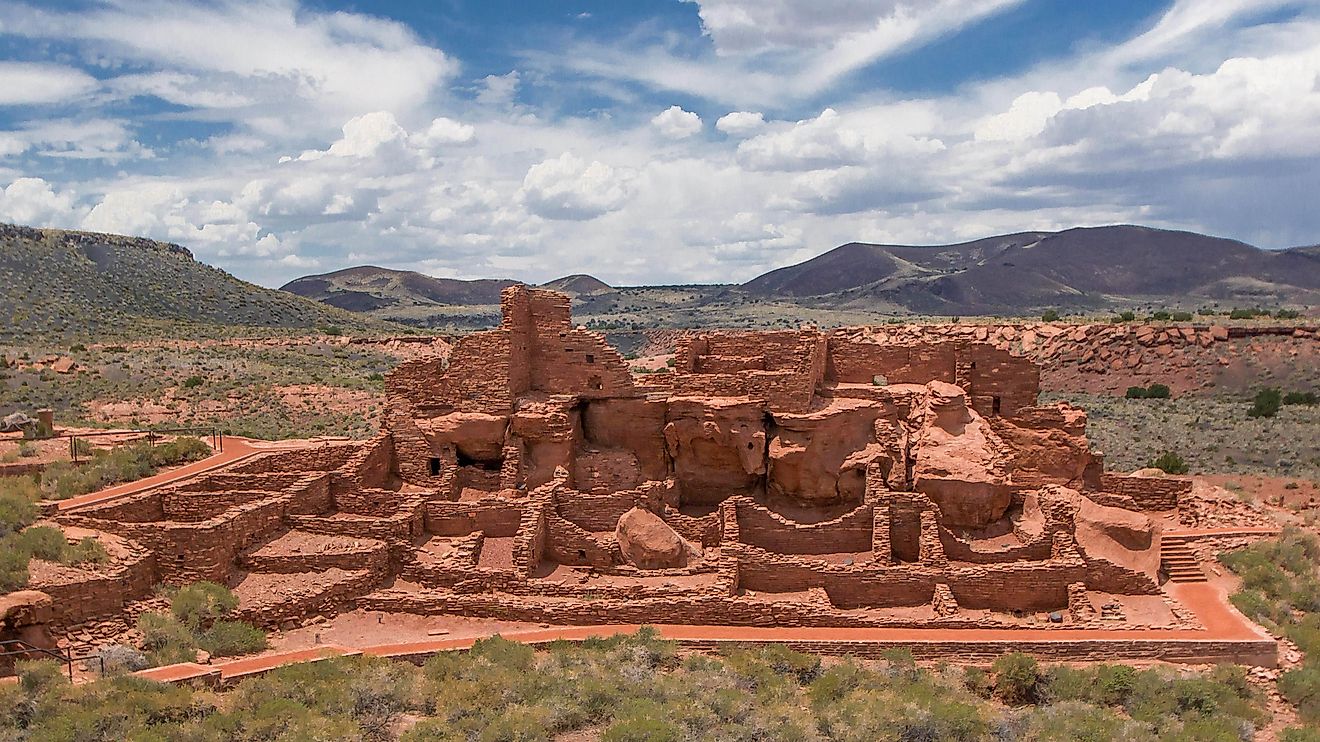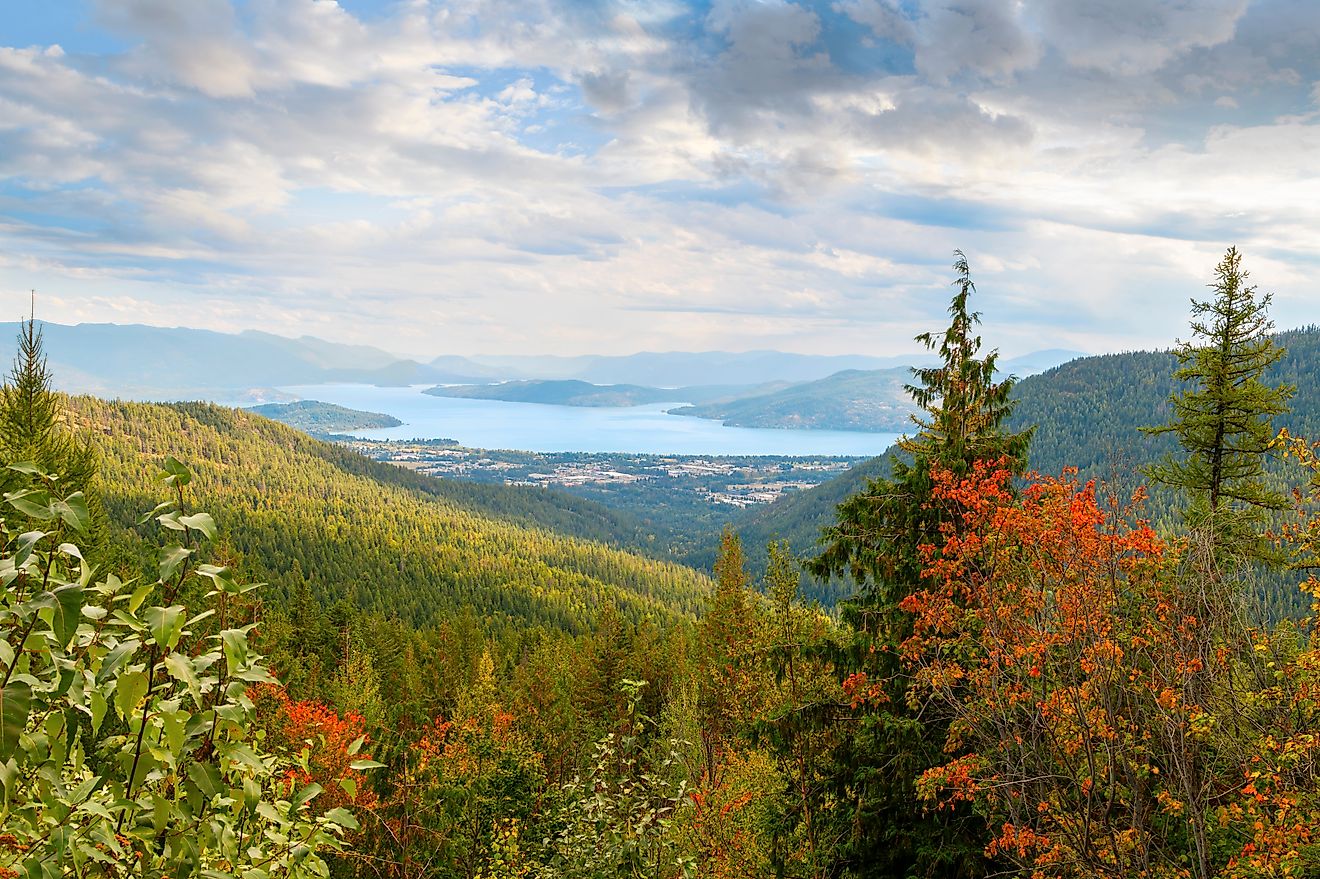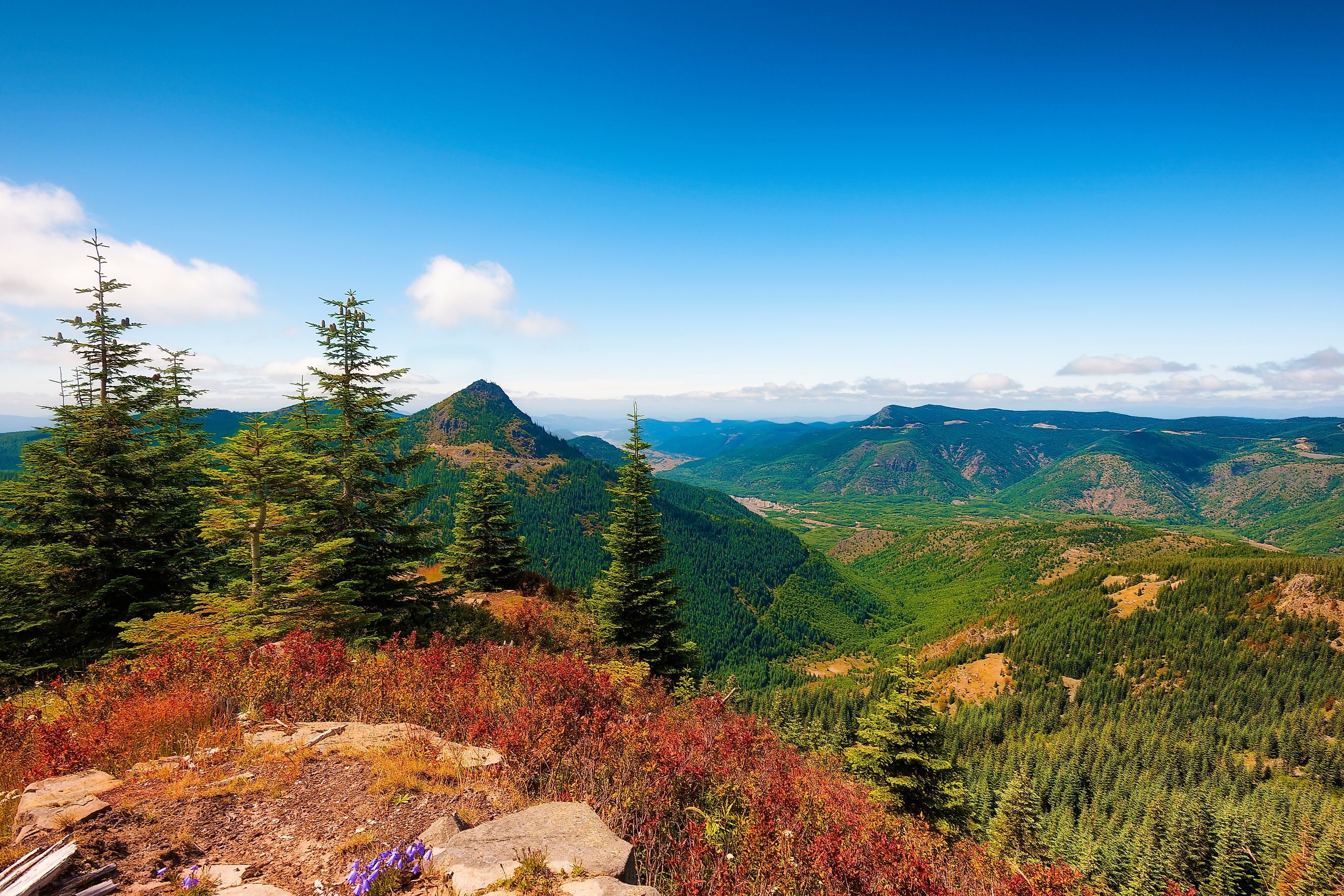
Gifford Pinchot National Forest
Tucked into the rugged southwest corner of Washington State, the Gifford Pinchot National Forest is a place where nature flexes its full muscle—from lava-scarred volcanoes to ancient forests so dense and quiet, you can hear the hum of your own thoughts. Spanning more than 1.3 million acres, this massive tract of public land is not only one of the oldest National Forests in the United States, but also one of the most geologically and ecologically diverse. It’s a living museum of Pacific Northwest wilderness—and one that still bears the raw wounds of volcanic fury.
Named after Gifford Pinchot, the first Chief of the US Forest Service and a pioneering conservationist, this forest offers everything from serene solitude to adrenaline-pumping adventure. And with the 110,000-acre Mount St. Helens National Volcanic Monument at its heart, it draws travelers not just for the scenery, but for the stories written in ash, rock, and renewal.
A Forest with Deep Roots

Though its current name wasn’t adopted until 1949, the forest’s origins stretch back to 1897, when it was included in the newly created Mount Rainier Forest Reserve. In 1908, it became the Columbia National Forest, and four decades later, it was renamed to honor Gifford Pinchot’s legacy.
Pinchot was an early champion of responsible forest management—an idea still alive here today. Whether you come to camp, hike, fish, or just take in the towering Douglas firs and volcanic peaks, you’re experiencing the balance of preservation and recreation he helped define.
Mount St. Helens: The Heartbeat of the Forest
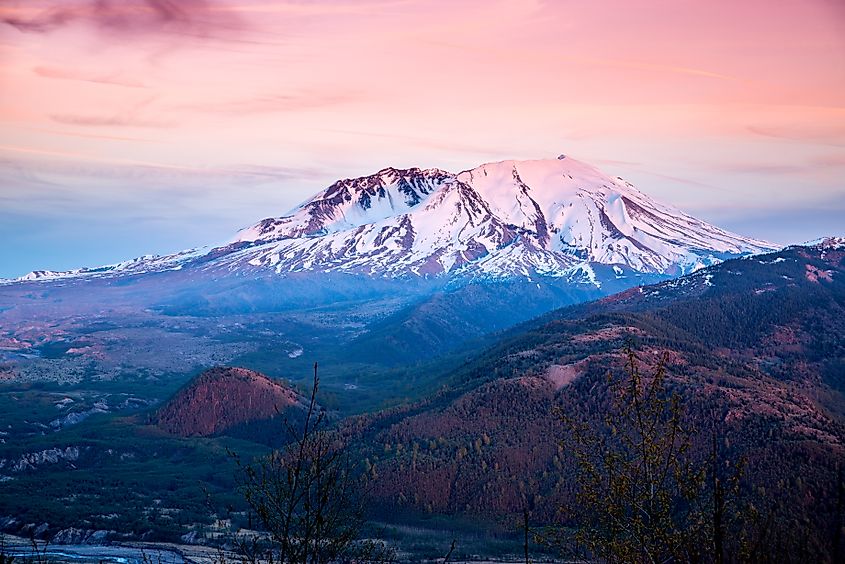
No destination inside Gifford Pinchot commands more attention than Mount St. Helens. When the volcano erupted catastrophically in 1980, it didn’t just change the landscape—it changed the world’s understanding of volcanic activity. Today, the area surrounding the volcano has been preserved as the Mount St. Helens National Volcanic Monument, a unique zone where nature is allowed to heal without interference.
Visitors can get up close to the crater via hiking trails that skirt its rim or take a more laid-back approach at the Coldwater Ridge Visitor Center or Johnston Ridge Observatory, both of which offer incredible views and immersive interpretive exhibits.
Don’t be fooled by the calm: Mount St. Helens is still considered an active volcano. But it's also a symbol of renewal. Wildflowers now bloom where pyroclastic flows once roared, and elk have returned to roam among the scorched earth. This is resilience on full display.
Outdoor Activities: A Playground for All
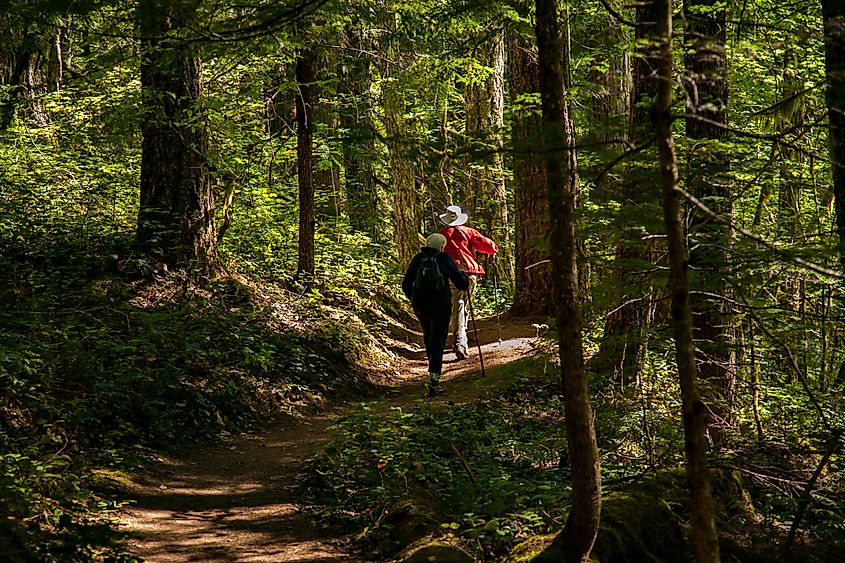
If you think volcanic wonders are the only reason to visit, think again. Gifford Pinchot National Forest is packed with opportunities for recreation, no matter your style.
Hiking & Backpacking
With hundreds of miles of trails, the forest offers everything from accessible loops to strenuous backcountry treks. Hikers can explore alpine lakes, ancient lava tubes, and snow-fed waterfalls. Some of the most popular trails include:
-
Lava Canyon Trail – A dramatic hike through lava-carved canyons and over suspension bridges.
-
Goat Rocks Wilderness – An area of high-elevation beauty with sweeping views and relative solitude.
-
Mount Margaret Backcountry – Offers stunning views of Mount St. Helens, Spirit Lake, and wildflower meadows.
Climbing & Mountaineering
Adventure-seekers often set their sights on Mount Adams, the second-highest peak in Washington. Though not technically inside the Monument, it's part of the Gifford Pinchot’s footprint and offers a challenging non-technical climb during the summer.
Fishing & Paddling
The forest is riddled with streams and lakes, ideal for anglers casting for trout, steelhead, and salmon. Quiet paddlers can find peace on remote lakes like Council Lake or Takhlakh Lake, where reflections of volcanoes shimmer on glassy surfaces.
Wilderness Areas: Untouched Solitude
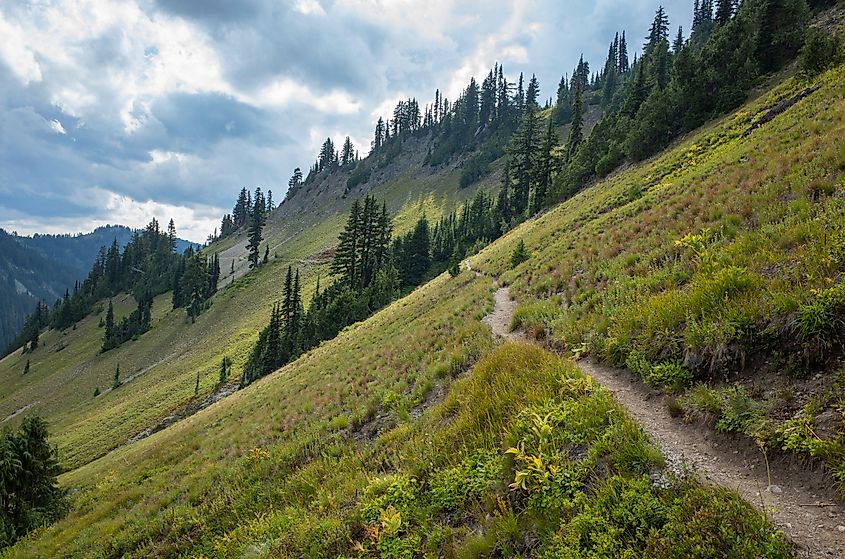
Gifford Pinchot is home to seven federally designated Wilderness Areas, offering some of the most pristine terrain in the Pacific Northwest. These areas provide refuge not just for wildlife, but for people seeking a quieter, less-traveled experience.
Notable Wilderness Areas:
-
Goat Rocks Wilderness: Named for its mountain goats and jagged peaks, this area provides high-alpine hiking and views of Mount Rainier, Mount Adams, and Mount St. Helens.
-
Indian Heaven Wilderness: Known for its meadows and huckleberries, it’s a favorite among fall berry pickers and backpackers.
-
Trapper Creek Wilderness: Less trafficked and more remote, perfect for those looking to unplug completely.
Each of these wilderness areas prohibits motorized vehicles and bikes, maintaining their quiet, undisturbed character.
Unique Geological Features
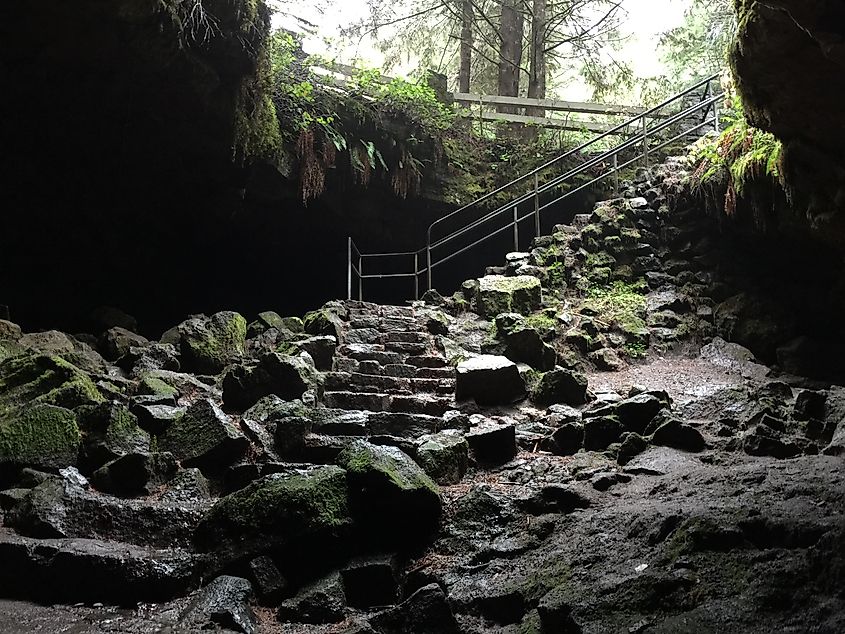
Beyond the volcano, the forest boasts a variety of unique geological and natural features:
-
Lava Tubes: The most famous is Ape Cave, one of the longest lava tubes in North America. It’s a subterranean adventure for the whole family.
-
Gifford Pinchot's Old-Growth Forests: Towering trees, some hundreds of years old, offer a cathedral-like atmosphere.
-
Spirit Lake: Once a popular recreation spot, the lake was transformed by the 1980 eruption. Massive logs still float on its surface, remnants of the explosive event that reshaped it.
Visitor Centers and Information Hubs

To make the most of your visit, start at one of the forest’s visitor centers:
-
Johnston Ridge Observatory: Named after volcanologist David A. Johnston, who died during the 1980 eruption, this observatory offers panoramic views into the crater and educational exhibits.
-
Mount St. Helens Science and Learning Center: Offers interactive displays and serves as a hub for guided tours and lectures.
-
Coldwater Ridge Visitor Center: Reopened seasonally, it provides easier access for families and first-time visitors.
Each center provides trail maps, safety information, and a chance to learn about the unique geology and history of the area.
Best Time to Visit
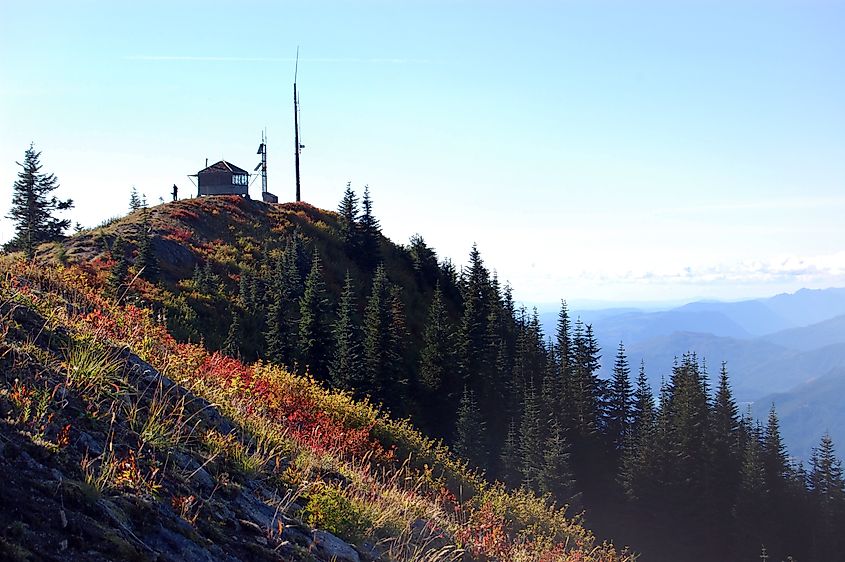
Spring through early fall is the ideal window to experience the forest. Snow can linger on high trails well into July, but lower elevations open earlier. Summer brings wildflowers, open roads, and full access to visitor centers. Fall paints the forest in golden hues, and fewer crowds make for a peaceful visit.
If you're venturing into higher elevations or wilderness areas, always check weather and trail conditions. The forest can be unforgiving, especially in early spring and late fall.
Practical Tips for Visiting
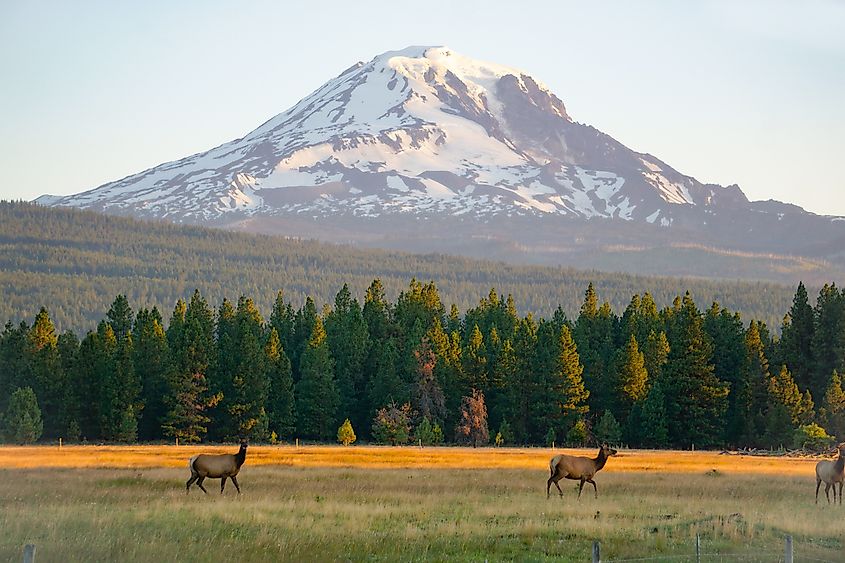
-
Permits: Some areas, especially near Mount St. Helens and wilderness zones, may require permits for access or overnight stays.
-
Safety: Cell service is limited, and conditions can change quickly. Always carry a map, GPS, and extra supplies.
-
Wildlife: You may encounter black bears, mountain goats, elk, and cougars. Practice safe food storage and maintain distance.
-
Leave No Trace: Respect the natural environment by packing out trash, staying on designated trails, and following forest guidelines.
A Living Example of Conservation
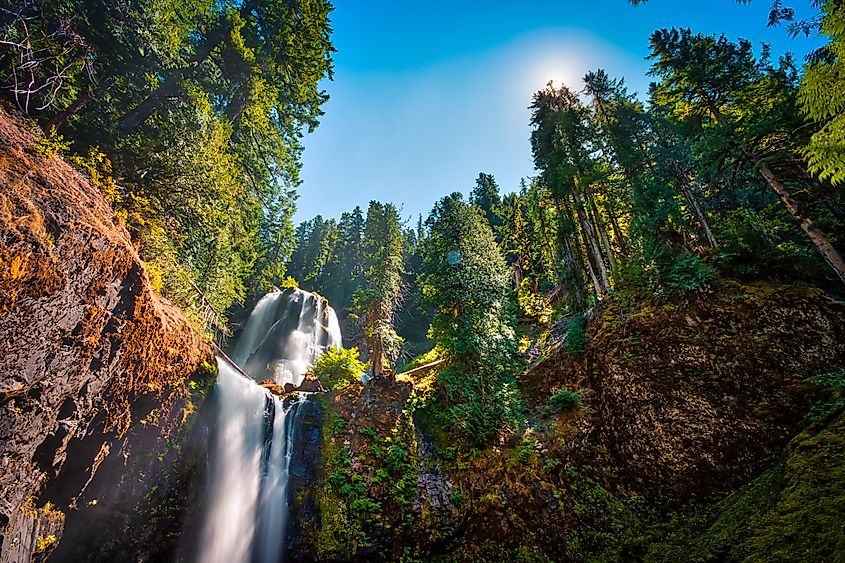
Gifford Pinchot National Forest embodies the spirit of American conservation. It balances recreation, preservation, education, and even resource use. Forest products like timber and mushrooms are sustainably harvested here, just as Pinchot himself envisioned.
But above all, it is a place of deep natural beauty—where volcanoes rise from the forest floor, where elk return to once-barren slopes, and where travelers can still find wildness in its purest form.
Q&A: What You Need to Know
Where is Gifford Pinchot National Forest located?
Southwest Washington State, stretching from Mount Rainier National Park down toward the Columbia River Gorge.
Is Mount St. Helens inside the forest?
Yes. The 110,000-acre Mount St. Helens National Volcanic Monument is located within Gifford Pinchot National Forest.
Can you climb Mount St. Helens?
Yes, with a permit. Hikers can ascend to the crater rim, but should be prepared for a steep, exposed climb.
Are there campgrounds?
Yes, both developed campgrounds and dispersed camping are available throughout the forest.
Do I need a permit to hike?
Only certain areas require permits, such as wilderness zones and Mount St. Helens summit hikes. Always check current guidelines.
